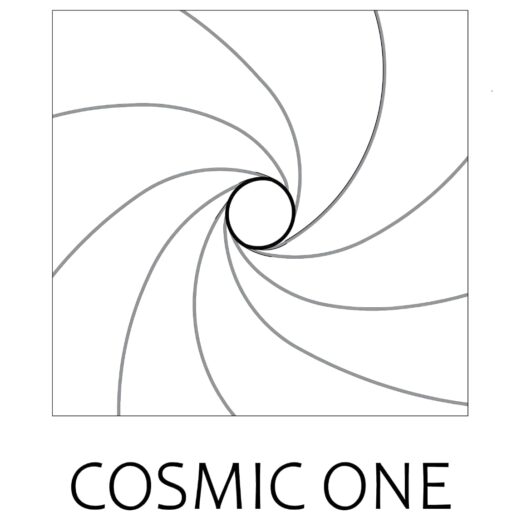Suppose brand new thickness of carrying out ribbon is , and this consists of mobile fees carriers for every single equipment regularity. It employs your complete most recent streaming from the bow is be written
Generalizing for actually purchase:
as the all cellular costs within a rectangular quantity of size , thickness , and thickness , disperse past certain point-on the fresh new bow in one single secondbining Eqs. (170) and you will (171), we get
A document code (position-big date bend inside the action investigation) normally has a mixture of more regularity section involved. This new volume items in the new code in addition to their vitality can be russian brides received thanks to operations for instance the Prompt Fourier Change (FFT). The lowest-pass filter tickets relatively low frequency elements throughout the rule however, ends this new high frequency section. This new so-named cutoff frequency divides brand new admission band and the stop band. This basically means, this new volume portion higher than the brand new cutoff regularity would-be avoided because of the a minimal-pass filter. These types of filter is specially of use while the random problems involved in the brutal status data acquired thanks to reconstruction are characterized of the apparently high frequency information.
The behavior of a filter can be summarized by the so-called frequency response function, Hc. The frequency response function of the Butterworth low-pass filter has the following form:
= the frequency (rad/s), = the cutoff frequency (rad/s), and N = the order of the filter. When = 0, the magnitude-squared function (Hc 2 ) shown in and Figure 1 becomes 1 and the frequency component will be completely passed. When = , Hc 2 becomes 0 and the frequency component will be completely stopped. Between the pass band and the stop band, there is the transition band (1 > Hc 2 > 0) in which the frequency component will be partially passed but partially stopped at the same time. When = , Hc 2 always becomes 0.5 (half-power) regardless of the order of the filter.
As shown in Figure 1 , a Butterworth low-pass filter does not completely pass the frequency components lower than the cutoff frequency, nor completely stops those higher than the cutoff frequency. Figure 2 shows the effects of the filter order on the frequency response. As the filter order increases, the transition from the pass band to the stop band gets steeper. (Note that the vertical axis in Figure 2 is Hc, not Hc 2 .) At = , H = 0.707, regardless of the order of the filter.
The frequency response function of the Butterworth filter involves complex numbers since it is a function of j . Thus, the magnitude-squared function is the product of the response function pairs Hc(s) and Hc(-s):
where N = 2, 4, six. and you may k = 0, step 1, 2, . 2N – 1. Profile 3a 3b tell you the fresh new poles of one’s magnitude-squared setting to have Letter = 2 4, correspondingly. The newest horizontal axis of s-jet is the genuine axis just like the vertical axis is the imaginary axis inside the Figures 3a 3b .
Since the poles usually take place in pairs, it’s possible to find the posts on the leftover 50 % of the latest s-plane in line with the after the matchmaking:
Note here that only half of the poles shown in Figure 3 can be used in the factorization of Hc(s) since (or ) was derived from the magnitude-squared function.
Hc(s) shown in and are called the continuous-time system function of the filter. A 4th-order low-pass filter is a cascade of two 2nd-order low-pass filters as shown in .
[Carole Boyce Davies. “Jamaica Kincaid, Caribbean Space and you may Lifestyle Dislocations.” Wagadu: A journal out-of Transnational Women’s and you will Gender Training, June 2018, vol. 19, pp. 7-21]

Recent Comments